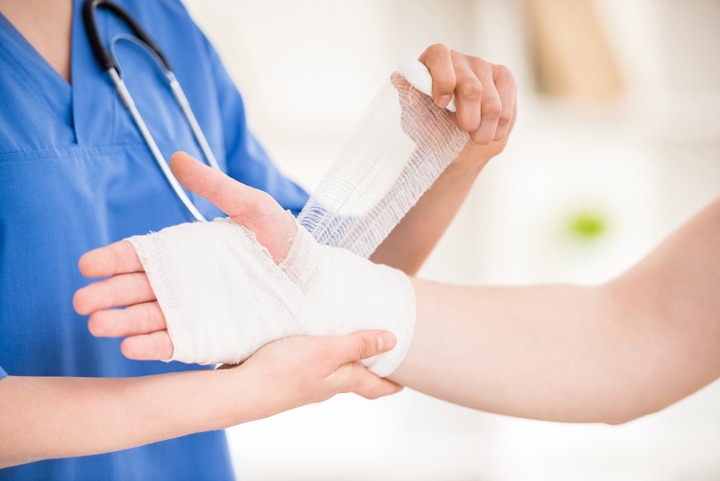
Replantation uses microsurgery, and it is a complex surgical procedure that uses tiny instruments. It is performed under magnification using a microscope. In certain cases, the patient may require more than one surgery.
This surgery aims to give the patient back as much use of the affected area as possible. If the replanted part is expected to function without pain, this procedure is recommended. Sometimes a replant is not possible as the part is too damaged.
In case a lost part cannot or should not be reattached, the surgeon may offer to smooth, clean, and cover the cut. This is known as a completion or revision amputation. Sometimes this option will offer the patient a better and quicker recovery than a replant.
Board certified plastic surgeon Dr. Bram Kaufman provides hand surgery to patients in Cleveland, Beachwood, Pepper Pike and Lyndhurst, OH, and surrounding communities.
Procedure
The replantation process involves various steps:
- Step 1: Damaged tissue is cautiously removed
- Step 2: The bone’s ends are shortened and reattached using plates, wires, pins, and screws. This holds the part in position to enable the rest of the tissues to heal.
- Step 3: Tendons, muscles, nerves, arteries, and veins are then repaired. At times grafts or artificial spacers of skin, bone, tendons, and blood vessels may be necessary as well. The grafts can be harvested from the patient’s own body or from a tissue bank.
Recovery
Patients play a vital role in the recovery process. In general, patients should:
- Avoid smoking as it may lead to loss of blood circulation to the replanted part
- Keep the replanted part above the heart level to enhance circulation
Other aspects that may impact recovery are as follows:
- Age: The chances of nerves growing back are higher in younger patients. They may regain more feeling and motion in the replanted part.
- Site of injury: In general, more use will return to the replanted part if it is located further down the arm
- Joint vs. non-joint injury: More function will return to the replanted part for patients who have not sustained a joint injury
Rehabilitation for Replant Patients
In the recovery process, physical therapy and temporary bracing are vital. From the start, braces are used to protect newly repaired tendons but allow the patient to move the replanted part. Therapy with limited movement prevents the joints from becoming stiff, helps keep muscles mobile, and helps keep scar tissue to a minimum.
Even after they have recovered, the patient may find that they cannot do everything that they desire. The patient should speak to their doctor or therapist about such devices. Many patients who undergo a replant are able to resume the jobs they help prior to the injury. Patients can seek assistance in choosing a new type of work when this is not possible.
Cosmetic surgeon Dr. Bram Kaufman receives patients from Cleveland, Beachwood, Pepper Pike and Lyndhurst, OH, and nearby areas for hand surgery.
FOR MORE INFORMATION
To learn more about cosmetic treatment and procedures or to schedule a consultation by Cleveland Ohio area plastic surgeon, Dr. Bram Kaufman, please contact us at 1-216-778-2245 or click here.
Now taking new patients in Cleveland OH | Pepper Pike | Beachwood | Lyndhurst and other surrounding areas.
